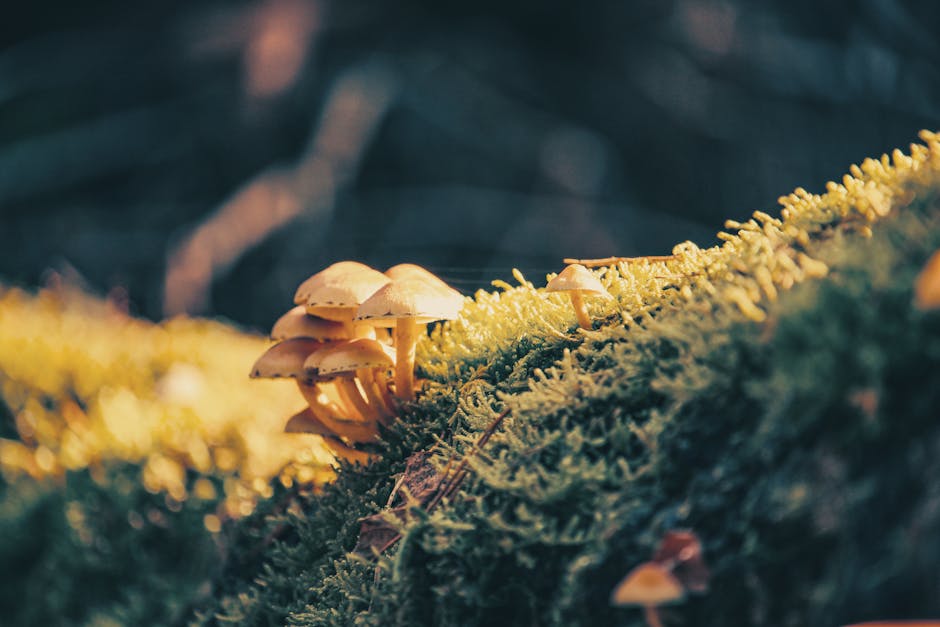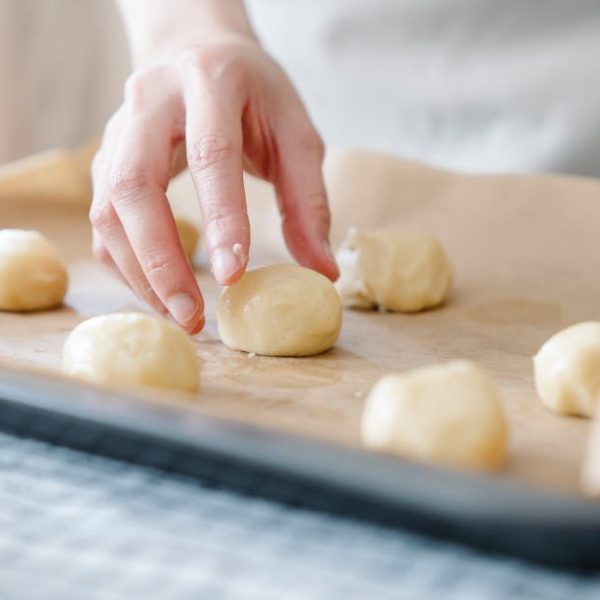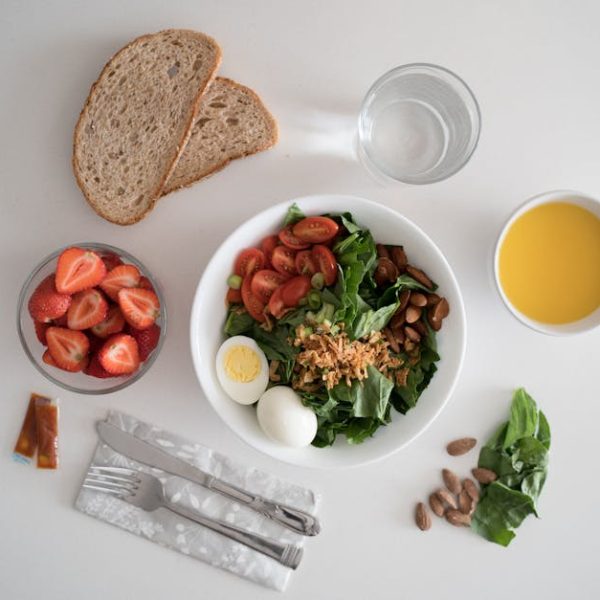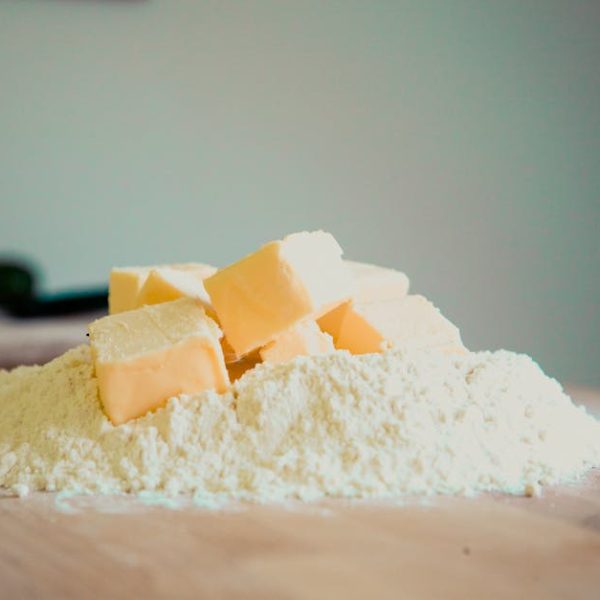People may ask, can you freeze mushrooms? The answer is an echoingly, resounding yes! This article is your comprehensive guide to successfully maintaining the freshness of your favorite fungi long past their standard shelf life. We’ll cover the importance of freezing, preparation processes, freezing methods, storage, and their usage.
Understanding the Importance of Freezing Mushrooms
Vegetables and fruits play an imperative role in our diet as they are a rich source of fiber, vitamins, and minerals. Mushrooms are no exception but they have one glitch; they have a frustratingly short shelf life! Freezing mushrooms extends their usability by maintaining their taste and freshness for an elongated time.
• Extension of shelf life: Post picking, mushrooms start losing freshness. Freezing puts this process on a hiatus, maintaining their charm for a longer duration.
• Retention of nutrients: Freezing mushrooms helps maintain their nutrient density as they are rich in Vitamin D, antioxidants, and Selenium.
• Handiness: Nothing like having the crucial ingredient ready at your disposal, saving the hassle of shopping now and then.
So, are there any drawbacks to freezing mushrooms? The quick answer is that any shortcomings are typically outweighed by the convenience and benefits of preserving these fungi!
The Prepping Process: How to Prepare Mushrooms for Freezing
Not all superheroes wear capes; neither do all mushrooms require the same preparation before hitting the icy cold freezer. Some need a little blanching; others might require sautéeing.
- McClean your mushrooms: Yes, they need a good scrub under cold water to remove all traces of dirt.
- Go Van Gogh on your mushrooms: Chop them up into decently sized slices.
- Sing them a lullaby: Some mushrooms like the familiar white button or the exotic shiitake might prefer a quick toss in a pan with a drizzle of oil before hibernating.
❄ Pro Tip: The smaller the pieces, the quicker they’ll freeze, and the better they’ll taste upon thawing.
Methods of Freezing: Understanding the Best Ways to Freeze Mushrooms
Just as there are many paths to the top of a mountain, there are also different ways of freezing mushrooms.
Flash freezing is a process where food items are frozen rapidly to keep ice crystals from forming within the food’s cellular structure which helps maintain its texture. This method involves cooling mushrooms by placing them on a tray until semi-solid, once done, you transfer them into a freezer-friendly bag or container.
On the other hand, vacuum sealing is a more advanced and efficient method. It involves packaging mushrooms in a plastic bag and sucking out all the air before sealing. This process extends the shelf life and locks in the original flavors and nutrients.
The decision between the two methods can depend on several factors, like your available kitchen equipment, freezer space, and how long you aim to keep the mushrooms frozen.
❄ Pro Tip: Vacuum sealing aids in deterring freezer burn, but if you don’t own a vacuum sealer, using airtight containers can serve the purpose decently.
Mushroom Storage: How to Properly Store Frozen Mushrooms
Now that your mushrooms are cosily frozen and packed, it’s time to discuss their extended stay in the ‘Arctic’—aka, your freezer.
- The ideal temperature for storing frozen mushrooms is -18°C (0°F) or colder, similar to other frozen foods.
- Label your packs with the current date. This serves as your reminder since frozen mushrooms retain optimal quality for about 10 to 12 months.
- Arrange your packs strategically in the freezer. Avoid placing them on or near the door as temperature fluctuations could affect their durability.
❄ Pro Tip: Regularly use frozen mushrooms and replace with fresh ones to maintain a continuous supply of tasty mushrooms at your disposal.
Usage of Frozen Mushrooms: Cooking and Thawing guide
The time has come to retrieve your mushrooms from the ice fortress and transform them into a culinary delight! Here are some thawing and cooking tips.
- Direct Cooking: Except stews and soups where mushrooms can go directly from freezer to pot, thawing is essential for other dishes.
- Refrigerator Thawing: This is the safest way to thaw mushrooms. However, this method requires some patience as it may take several hours.
- Quick Thawing: If you’re short on time, a microwave’s defrost setting can come in handy. However, be careful not to cook the mushrooms while attempting to thaw.
- Remember, thawed mushrooms are best used in dishes where a firm texture isn’t crucial.
❄ Pro Tip: Keep in mind that frozen mushrooms can release more water than fresh ones. Adjust the cooking time and temperature accordingly, or drain the excess liquid before adding them to your dish.
Hopefully, this guide helps you unravel the mystery of freezing mushrooms. Don’t allow those delicate, sweet, earthy flavours to go waste by spoiling. Instead, embrace freezing and open a world of convenient and delectable mushroom-based dishes at your fingertips, regardless of the season.
Key Takeaway:
- Freezing mushrooms extends their shelf life, retains their nutrient density, and offers convenience.
- Mushrooms need to be thoroughly cleaned and chopped before freezing. Some varieties may benefit from blanching or sautéing.
- Flash freezing and vacuum sealing are two main freezing methods. The choice depends on the available kitchen equipment, freezer space, and storage duration.
- Frozen mushrooms should be stored at -18°C (0°F) or colder, labelled with the date, and strategically placed in the freezer.
- For cooking, some dishes allow adding mushrooms directly from the freezer, while others may require thawing first.
With these tips and steps, you can enjoy flavorful mushrooms year-round. Be conscious about adjusting the cooking time and temperature, as frozen mushrooms do release more water than fresh ones. So, next time you see those favorite fungi at the local market, stock up without concern, knowing you can freeze and use them as and when you want to.
FAQs
Q: How long can frozen mushrooms be stored before losing quality?
A: Frozen mushrooms can retain their optimal quality for about 10 to 12 months. However, they’re still safe to consume beyond this period.
Q: Can all types of mushrooms be frozen?
A: Yes, all types of mushrooms can be frozen. However, some varieties, like white button or shiitake mushrooms, may benefit from a quick sauté before freezing.
Q: Do I need to defrost frozen mushrooms before cooking?
A: It depends on the type of dish. For stews and soups, you can add the frozen mushrooms directly. However, for other dishes where a firm texture is required, thawing the mushrooms first is recommended.
Q: Can I refreeze mushrooms that have been previously frozen and then thawed?
A: It’s usually not recommended to refreeze items that have been frozen and thawed for safety and quality reasons.
Q: How do I prevent freezer burn with frozen mushrooms?
A: Freezer burn can be prevented by vacuum sealing the mushrooms before freezing. If you don’t have a vacuum sealer, make sure you use airtight containers and squeeze as much air out of freezer bags as possible.
We hope you found this guide on freezing mushrooms informative and helpful. Feel free to share this article with friends and family, and explore more posts on our website for other exciting topics.






